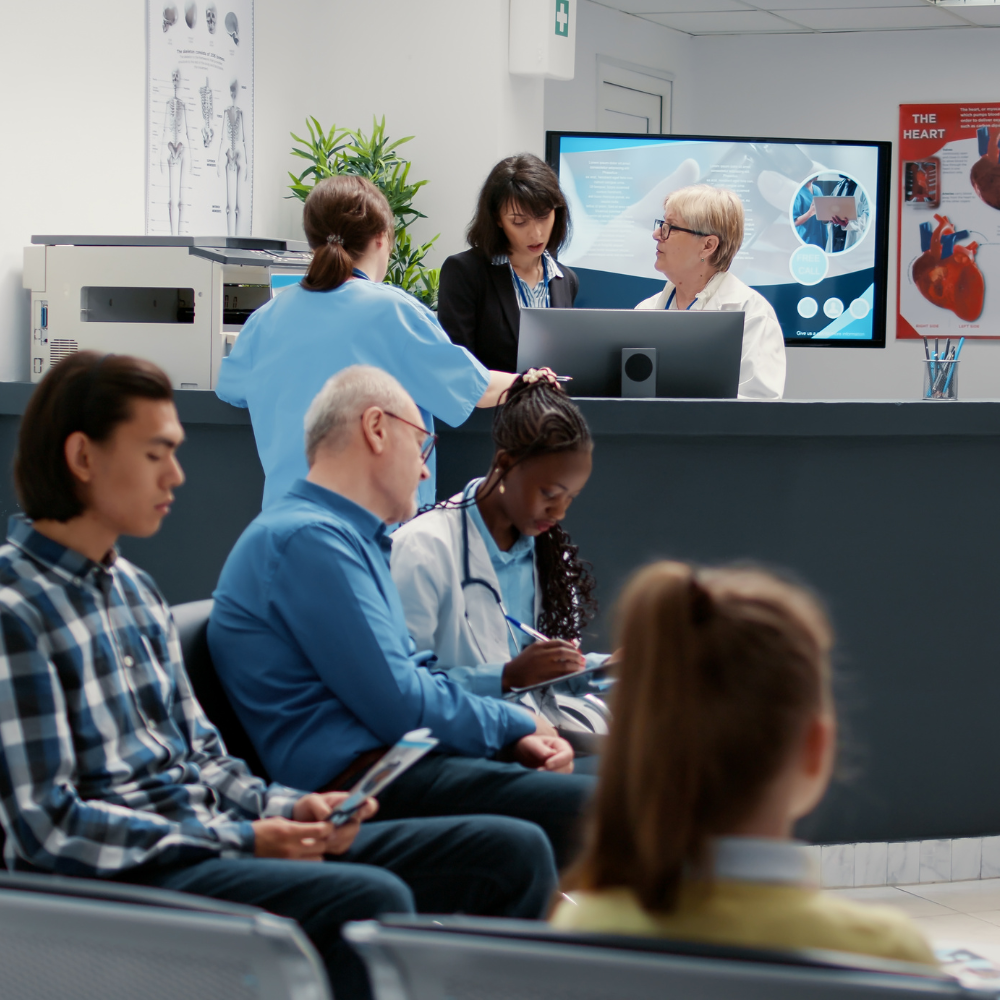Effective Solutions for Reducing Patient Waiting Times

Patients are the customers of any healthcare facility. They book appointments and visit your facility for treatment and other medical procedures. It is understood that they have to wait for their appointment and sit in the waiting room. The reasons for waiting could be the line of patients, physician arrival time, or any glitch. But here the problem can occur for the healthcare facility. Every patient understands the basic waiting time, but if it is more than basic, they may get frustrated. Let’s say some patient came for a regular health check-up and he has to wait approximately one hour or above, then surely he will think that this has ruined their too much time.
There are multiple kinds of research indicating that nearly half of the patients are concerned about waiting time and they can get frustrated. Most of them get frustrated with their doctor also if they have been waiting too long and the doctor has not arrived on time. 20 minutes is the average waiting time with which the patient gets frustrated. The consequences of waiting time can bring multiple risks for a medical facility. The patient can walk out without consulting with the doctor, not recommending the same doctor to friends ad family, and changing the doctor as well.
The solution is balancing
Physicians are usually concerned about their patient visits. They always wish to increase their number every day. Of course, they do not want to lose their patients and at the same time, they want to generate revenue also. Not only this, but they also have to manage the waiting hours so that no patient waits more than 20 minutes.
However, a healthcare facility needs to be prepared for last-minute appointment cancellations and refunds. But at the same time, it is equally important to make sure that patient waiting time is not too long because this can ruin customer satisfaction and reviews for the facility.
Why waiting time is still important?
Patients usually talk and complain about waiting times. But why the waiting time is still a huge problem? The reason is that physicians do not take it seriously as a problem. Some of them think it does not have any impact and some say there can be a minimal impact. They are not right in this. The truth is that waiting time does have an impact on the healthcare facility.
The solution for all these problems is not so tough to implement. Medical staff should send software-generated communication to patients for their appointment timings to avoid patient delays. Hiring specialized and skilled staff can help in reducing waiting time and last-time cancellations. Once a medical facility decides to prioritize patients, they will hardly see any risks related to waiting time, patient frustration, and cancellations. The only key to keeping your medical facility as a top one in your area is to invest your resources in making patients the priority and see the magic.






